How to Build Environmental Empathy in Kids: Teaching Through Action
- Teachers
- February 28, 2025
- Viva Education
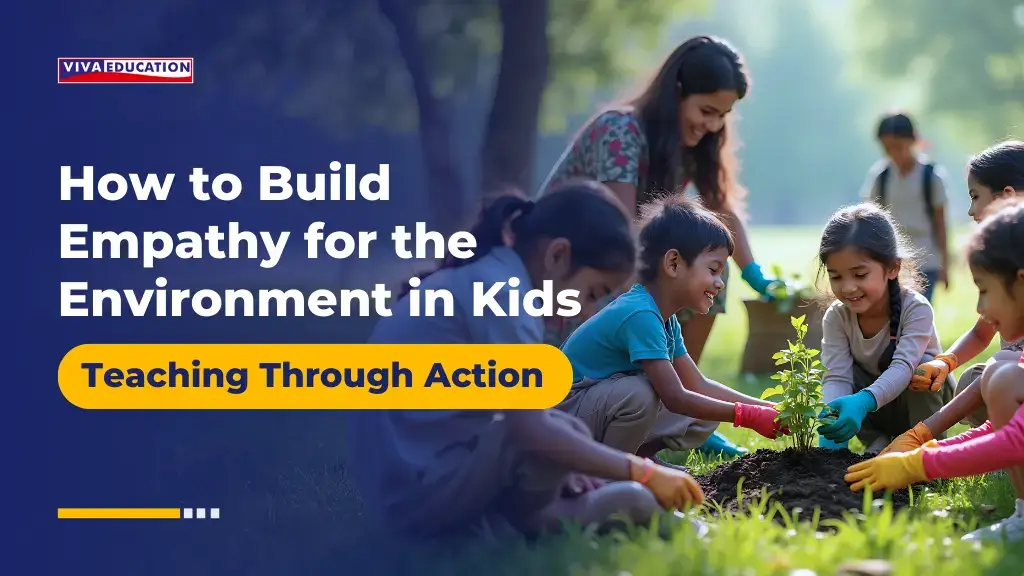
Imagine a child born today. By the time they turn 30, climate change could have caused irreversible damage to our planet—rising sea levels, devastating wildfires, and mass extinctions. Now, here’s a shocking statistic: According to a UNICEF report, nearly 1 billion children worldwide are at “extremely high risk” due to climate and environmental hazards.
But here’s the real question: Do they care? More importantly, do we care enough to ensure they do?
It’s easy to tell kids to recycle, turn off the lights, or “save the planet.” But is that enough? Nurturing Environmental empathy in kids requires more than just theoretical knowledge. It demands hands-on experiences that foster a deep, personal connection with nature.
What is Environmental Empathy and Why Does It Matter?
Environmental empathy is the ability to understand and share the emotional experiences of the natural world. It moves beyond intellectual awareness to genuine feeling and action. It’s the bridge between recognizing environmental issues and actively working to resolve them.
Why is it crucial? Children who develop environmental empathy become responsible, compassionate adults who make sustainable choices. Research has shown that early exposure to nature leads to lifelong environmental stewardship. When children feel connected to the natural world, they are more likely to protect it.
The benefits? Increased compassion, a stronger sense of agency and a willingness to take action for a better future.
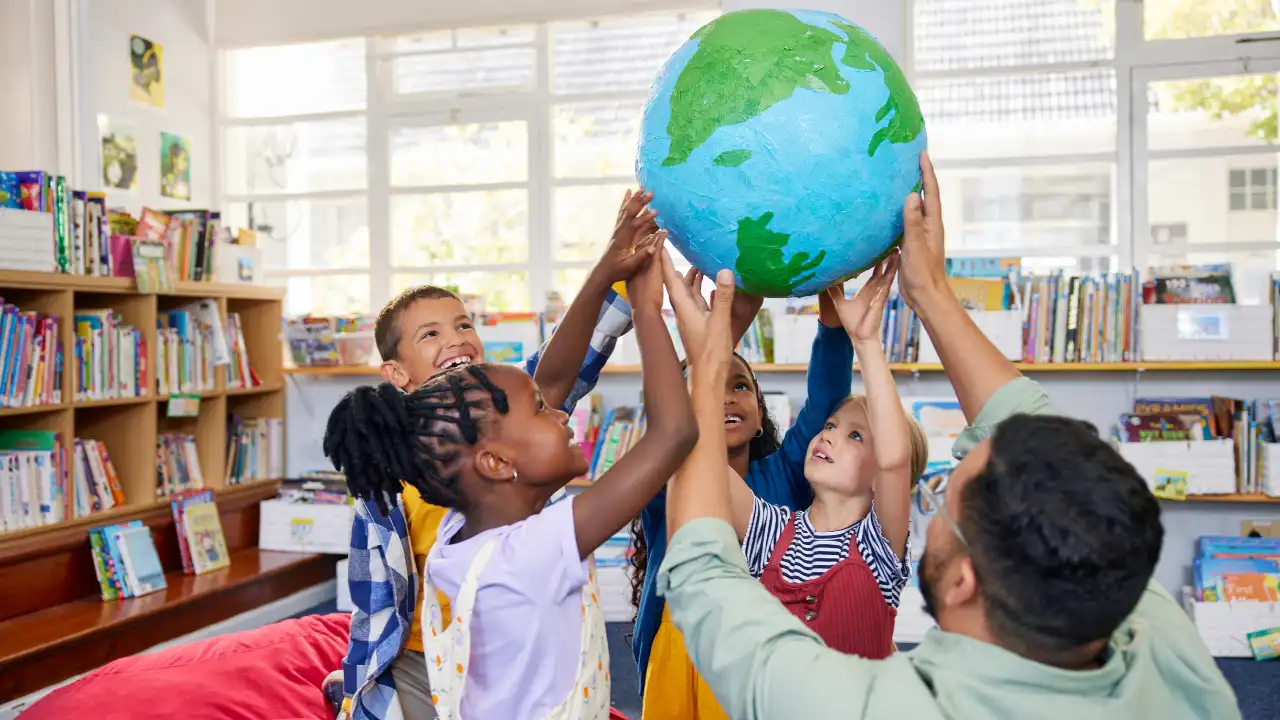
How to Develop Environmental Empathy in Children
1. Immerse Them in Nature
Children won’t care about what they don’t know. The best way to nurture a love for the environment is to let them experience it firsthand.
- Nature Walks & Hikes: Encourage children to observe, explore, and use their senses. Ask them, “What do you hear? What do you smell?” Make them wonder.
- Gardening: There’s something magical about planting and watching a seed grow. Gardening teaches patience, responsibility, and an understanding of ecosystems.
- Outdoor Play: Let kids run barefoot on grass, climb trees and splash in puddles. Unstructured play in nature builds a subconscious bond with the environment.
- Camping & Wilderness Adventures: Experiencing the vastness of nature fosters appreciation and resilience. A night under the stars can change their perspective forever.
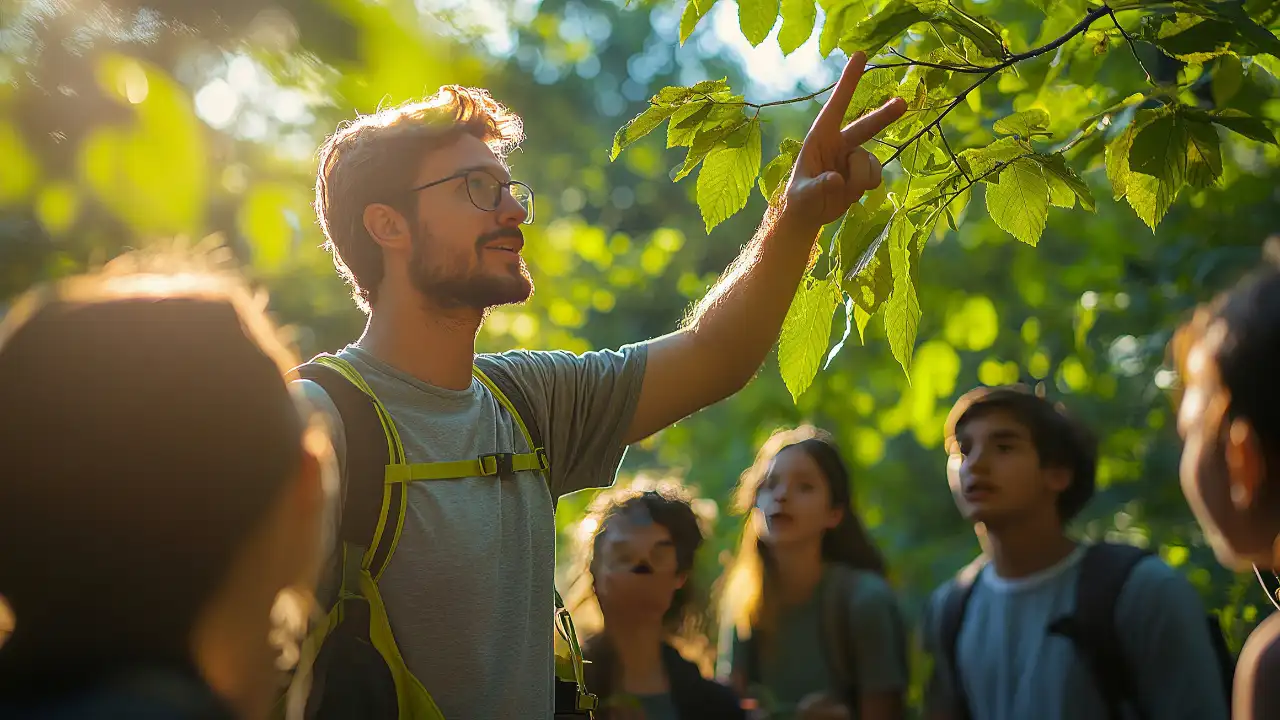
2. Learning Through Doing
Real engagement happens when children are actively involved in protecting their environment.
- Recycling & Composting: Show them how waste is managed. Let them sort recyclables and compost organic waste.
- Clean-Up Drives: Whether it’s a beach, a park, or their neighbourhood, picking up litter makes them understand the impact of human actions.
- Conservation Projects: Involve them in local tree-planting events or habitat restoration efforts.
- Citizen Science Projects: Encourage kids to participate in initiatives like counting butterflies, monitoring air quality, or tracking migratory birds.
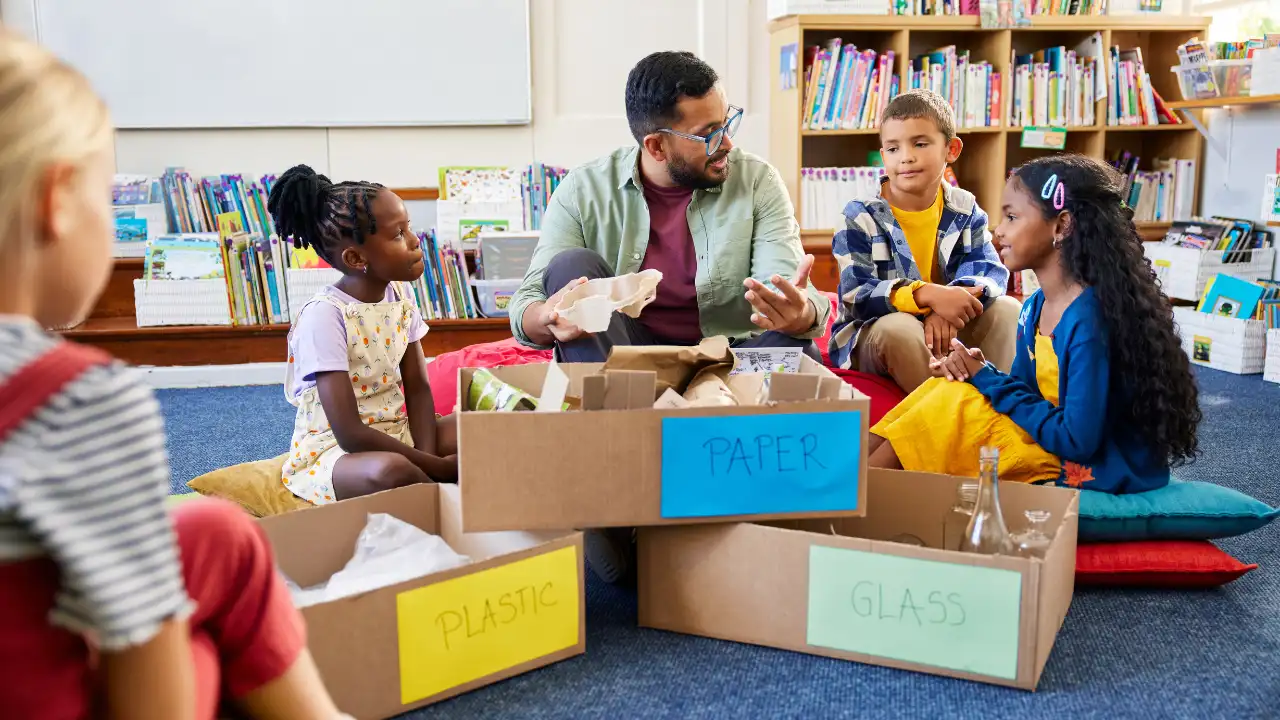
3. Storytelling & Education
Stories have the power to inspire action. Make environmental issues relatable and engaging.
- Discuss Environmental Issues: Instead of overwhelming kids with doomsday predictions, focus on solutions. Ask, “What do you think we can do?”
- Invite Experts: Let them hear real-world experiences from environmentalists and conservationists.
- Creative Expression: Encourage them to create art from recycled materials or write stories about the environment.
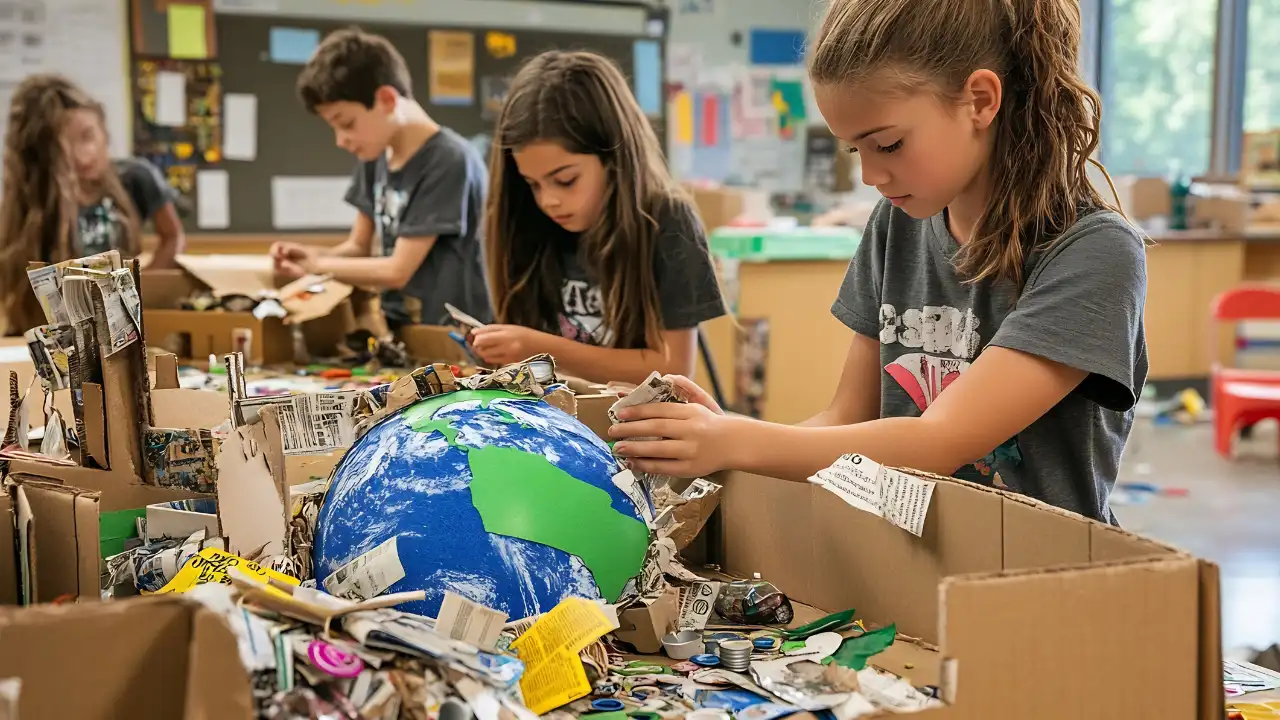
4. Lead by Example
Children learn by watching adults. If we don’t care, they won’t either.
- Model Sustainable Choices: Use reusable bags, avoid plastic, and reduce energy consumption.
- Integrate Eco-Friendly Practices: Make sustainability a family affair—bike instead of drive, eat locally sourced food, or start a home compost bin.
- Talk About Your Connection with Nature: Share personal experiences—your favourite childhood nature memory, the first time you saw a wild animal up close, or how you feel when you’re in nature.
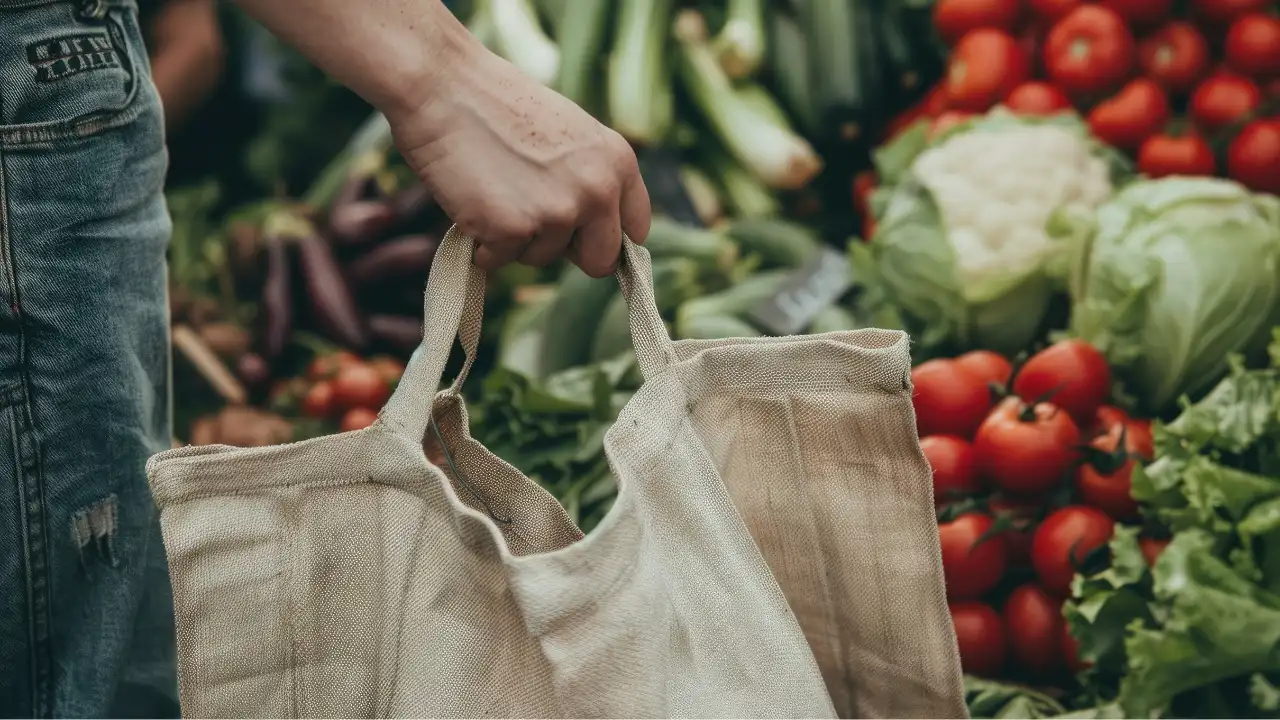
5. Empower Kids to Make a Difference
Children who feel they can make a real impact are more likely to take action.
- Support Student-Led Initiatives: Encourage kids to start school recycling programs or community gardens.
- Build Creativity in Problem-Solving: Challenge them to develop innovative solutions to environmental problems.
- Celebrate Their Efforts: Recognise their contributions, no matter how small. Positive reinforcement builds motivation.
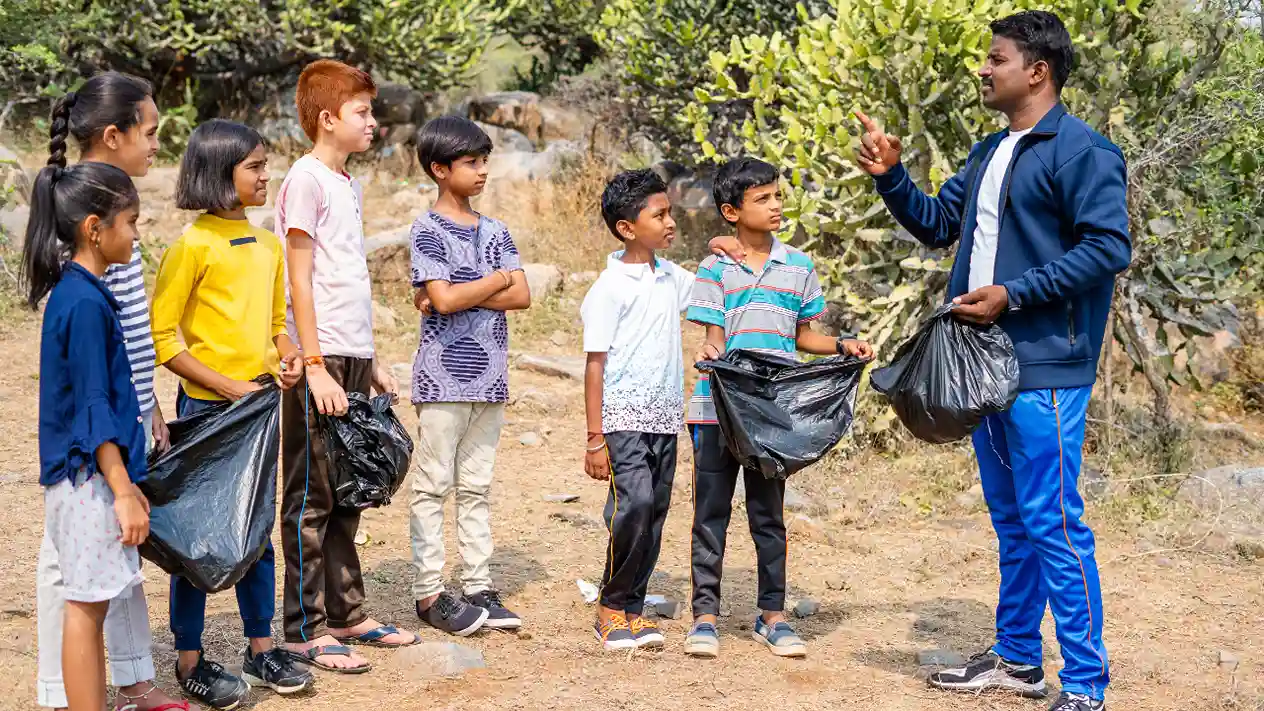
Age-Appropriate Approaches
Different age groups require different methods to build environmental empathy.
- Preschool (Ages 3-5): Sensory-based experiences like nature walks, water play, and simple recycling activities.
- Elementary (Ages 6-10): Gardening, storytelling, interactive experiments, and hands-on conservation projects.
- Middle School (Ages 11-14): Debates on environmental issues, involvement in community projects, and DIY sustainability projects.
- High School (Ages 15-18): Activism, leadership in environmental clubs, and participation in global movements like climate strikes.
Overcoming Challenges
Many parents and educators face obstacles when cultivating environmental empathy in children. Here are some solutions:
- Limited Access to Nature? Bring nature indoors! Grow plants, watch nature documentaries, or create a mini-ecosystem in a jar.
- Busy Schedules? Integrate sustainability into daily routines—walk instead of drive, cook with seasonal ingredients, or creatively repurpose waste.
- Kids Prefer Screens? Leverage technology for good! Introduce them to environmental apps, virtual nature tours, or engaging documentaries.
The Role of Education in Building Environmental Empathy
As parents, we want our children to grow into compassionate, responsible adults who don’t just exist in the world but actively improve it. Viva Education’s Environmental Studies Books understand this deep need, offering engaging, interactive content that teaches about sustainability and nurtures a genuine connection to it.
These books empower children to see themselves as protectors of the planet through real-world examples, hands-on activities, and thought-provoking lessons. When they care, they act.
If you want to give your child the gift of knowledge and responsibility toward our world, explore Viva Education’s resources here: Viva Education Environmental Studies Books.
The Future is in Their Hands—And Ours
The world our children inherit depends on the values we instill in them today. Imagine a generation that doesn’t just understand environmental issues but feels them deeply enough to act.
We don’t need a handful of perfect environmentalists; we need millions of people making small, meaningful changes. Start with your child, your student, and your community. Take them outside. Show them the beauty of a sunrise, a tiny seed’s resilience, and a single tree’s importance.
Because when they care, they’ll fight to protect it.
And that’s how we change the world.
>> Please Share



